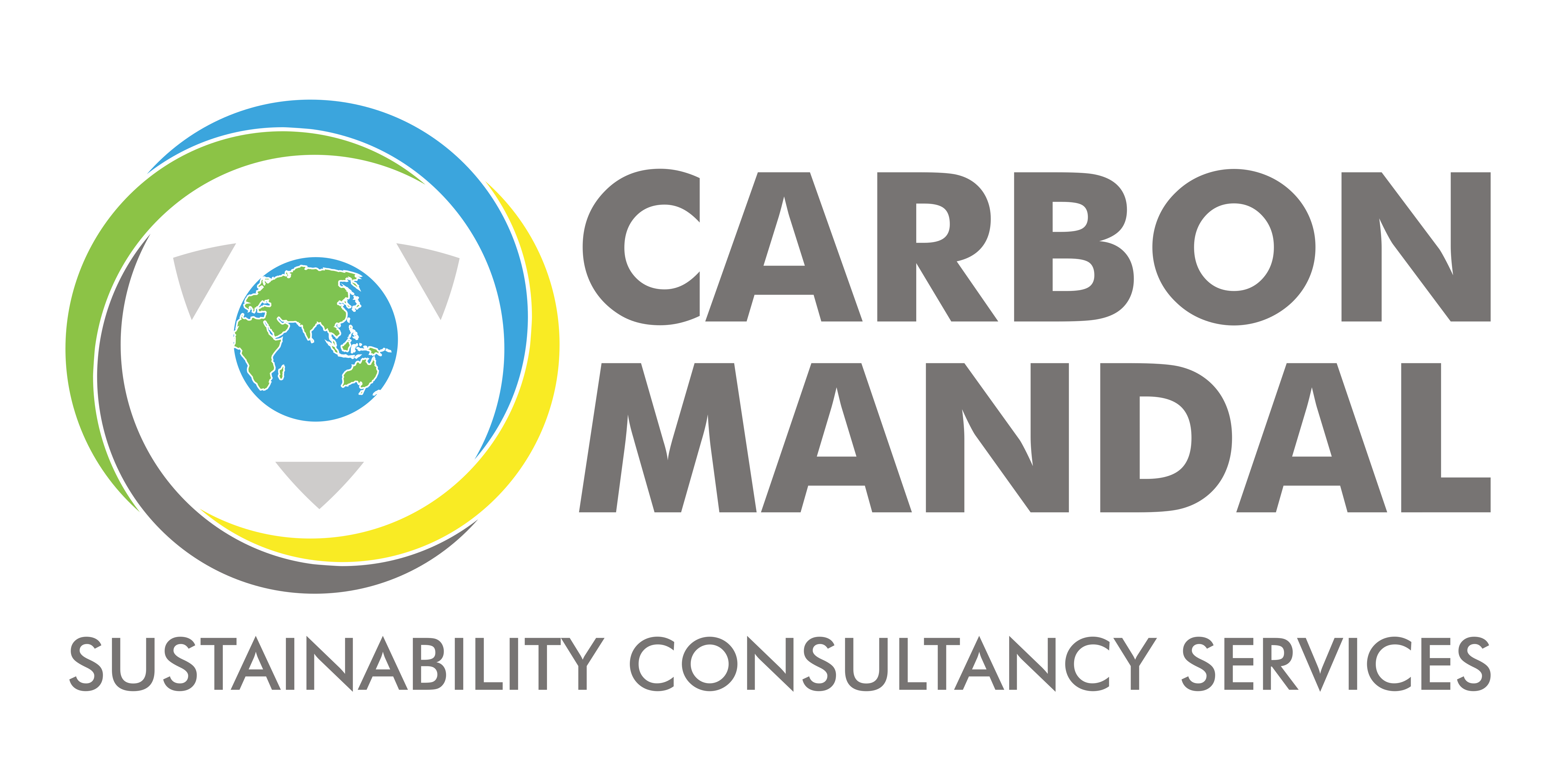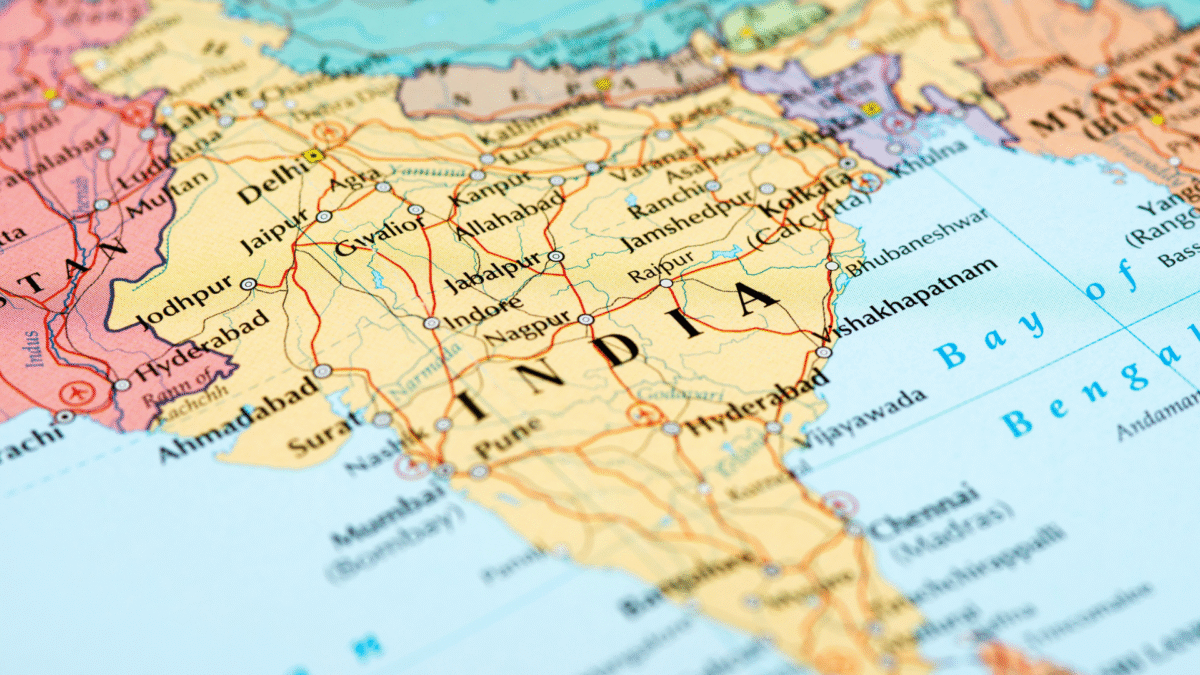80% of world trade happens using the seas
71% of the Earth’s surface is water-covered
40% of the world’s population live near coastal areas
3 billion people access the oceans for their livelihood
With Earth’s significance and reliance on blue resources, economists and environmentalists started delving deeply into the Blue World. The government and civil societies are under pressure to preserve and safeguard our blue wealth due to the careless use of blue resources. “The blue economy, or the ocean economy, is a term used to describe the economic activities associated with the oceans and seas. The World Bank defines the blue economy as the ‘sustainable use of ocean resources to benefit economies, livelihoods’ and the ecosystem of the ocean” [1]. Professor Gunter Pauli first presented the Blue Economy’s economic theory in his book “Blue Economy” in 1994, and it was later presented at the United Nations University (UNU). “The idea of the “blue economy” was conceived at the Rio+20 United Nations Conference on Sustainable Development, held in Rio de Janeiro in June 2012” [2].

Source: Drishti IAS
GLOBAL COMMITMENT TOWARDS THE BLUE :
The blue economy idea has been incorporated by the EU and Norway into their maritime policies, with a focus on marine biotechnology, marine renewable energy, and sustainable fisheries management. The goal of small island developing states (SIDS) like the Maldives, Mauritius, and Seychelles has been to protect their delicate marine ecosystems while fostering economic opportunities and resilience-building from their marine resources. East Asian countries, like South Korea and Japan, have sophisticated maritime infrastructure and technology to back up their blue economy initiatives. The blue economy is being used by Pacific Island nations like Fiji, Papua New Guinea, and the Solomon Islands to advance sustainable development and enhance the standard of living for coastal residents. To fully utilize their coastal and marine resources, African nations (such as South Africa and Kenya) concentrate on marine spatial planning, marine-based renewable energy projects, and sustainable fisheries management. Under their frameworks for the blue economy, the United States and Canada place a strong emphasis on sustainable seafood practices and integrated ocean management.
THE INDIAN WAY
India has historically placed a great deal of emphasis on its marine resources for trade, economic growth, and subsistence. “ The country has a vast 7,500-kilometer coastline, and its Exclusive Economic Zone (EEZ) covers an area of 2.02 million square kilometers” [3]. India’s need for the sustainable growth of its maritime industry while protecting marine ecosystems gave rise to the idea of the blue economy. With the 2016 introduction of the National Perspective Plan for Sagarmala, the formal integration of the blue economy concept into India’s policy framework gained impetus. The comprehensive initiative known as Sagarmala, which translates to “string of ports,” aims to lower logistics costs for India’s maritime trade, optimize logistics performance, and support port-led development. It includes building infrastructure, improving port operations, and advancing inland waterways and coastal shipping. In recent years, India has introduced several new policies and initiatives to bolster its blue economy like Marine Spatial Planning (MSP), Blue Economy Strategic Framework, Deep Ocean Mission, National Marine Spatial Data Infrastructure (NMSDI) and more. “India also has a ‘Blue Economy Vision 2025’, published by the Federation of Indian Chambers of Commerce and Industry (FICCI). It suggests that the Blue Economy’s impacts are not limited to the ocean but also include other areas such as poverty, climate change, employment opportunities, food security, and maritime cooperation” [4].
THE BLUE ECONOMIC POLICY IN INDIA :
During the interim budget presentation to the Parliament in February 2024, “ Union Finance Minister Nirmala Sitharaman on February 1 provided a boost to Blue Economy 2.0 with the announcement of a new scheme “for restoration and adaptation measures, coastal aquaculture, and mariculture with an integrated and multi-sectoral approach” [5]. The Blue Economic Policy is currently being drafted. The transition to Blue Economy 2.0 denotes a more strategic and nuanced approach. It is a part of the government’s 2030 vision for India’s sixth dimension.
The Blue Economy policy in India encompasses several key features:
- Integration of Diverse Sectors: Including industries like marine biotechnology, shipping, renewable energy, fisheries, aquaculture, and coastal tourism.
- Sustainability: Stressing environmentally friendly methods to protect marine ecosystems and biodiversity.
- Infrastructure development is the process of improving connectivity, port infrastructure, and coastal infrastructure in order to increase trade and economic activity.
- Skill Development: To satisfy industry demands, a focus on capacity building and skill development in the maritime sectors. Additionally, “In the budget 2024, ‘Blue Economy’ 2.0 was also announced to boost fisheries and aquaculture, which aims to generate 50 lakh employment opportunities” [6].
- International Cooperation: Working together to advance maritime security and trade through international alliances and collaborations.
Significant improvements in economic growth, food security, renewable energy, tourism, and other areas are promised by the Blue Economy policy. The blue economy has positive social, financial, and environmental effects on society. The Indian Blue Economy policy has several obstacles despite its potential advantages – such as Infrastructure Restrictions, Community Involvement, Regulatory Framework, and Environmental Concerns.
A POLICY OF WIN – WIN :
Alfred Thayer Mahan, an influential American strategist of the 19th century, particularly advocated for naval supremacy as crucial for maintaining global dominance. These ideologies emphasized economic growth and military strength at the expense of the environment, marine resources specifically. The Blue Economy, on the other hand, ensures that all stakeholders benefit without neglecting environmental or marine resource concerns, which have often been sidelined in the pursuit of strategic and economic goals in the past. Thus, the policy envisages the attainment of a strong military via economic growth and sustainability. In this manner all the stakeholders are satisfied as their objectives have been achieved ensuring homonry and enhances stakeholder collaboration ensuring innovation and prosperity.
Economic Growth ———– Environmental Sustainability —————- National Security.
This concept underscores the potential for meeting the diverse needs of industries through collaborative efforts and a shared commitment to cooperation. It advocates for sustainability as a pivotal principle that should shape all policies moving forward, emphasizing the importance of balancing economic development with environmental and social responsibilities. For example, Somali piracy in the western Horn of Africa and Chinese expansion in the east take advantage of the Indian Ocean. This highlights how geopolitical challenges can exploit maritime resources and pose threats to stability and security. In response, the concept of blue diplomacy emerges as a strategic innovation, involving multiple stakeholders working together to promote the sustainable and rational utilization of oceanic resources. Through this approach, policymakers aim to foster international cooperation, prevent conflicts, and ensure the long-term health and security of the ocean environment, thereby setting a precedent for integrated, forward-thinking governance of our shared maritime spaces.

CONCLUSION :
“We never know the worth of water till the well is dry.” – Thomas Fuller
In summary, although significant progress has been achieved in executing Blue Economy strategies, the endeavors continue to be uneven and dispersed across different countries. All countries should adopt and give priority to the Blue Economy framework to guarantee the sustainable management of oceanic resources and the prosperity of the world community as a whole. In addition to fostering economic growth, this all-encompassing strategy protects marine ecosystems, encourages innovation, and tackles urgent environmental issues like pollution and climate change.
“We are not creatures of circumstance; we are creators of circumstance.” – Benjamin Disraeli
These quotations highlight how crucial it is to take proactive steps and exercise collective responsibility in order to promote a sustainable Blue Economy. Through a comprehensive and cooperative adoption of this approach, countries can ensure a prosperous and resilient future for future generations.
REFERENCES :
- McBain, D. (2023, May 16). Climate change policies Archives – Grantham Research Institute on climate change and the environment. Grantham Research Institute on Climate Change and the Environment. https://www.lse.ac.uk/granthaminstitute/explainers-type/climate_change-_policies/ Accessed on 19th July 2024.
- John, Lesperance. (6 C.E., June 16). The Blue Economy: Origin and concept. Commonwealth of Learning. Retrieved July 31, 2024, from https://www.col.org/news/the-blue-economy-origin-and-concept/ Accessed on 20th July 2024.
- Latha, S., & Prasad, M. (2010). Current Status of Coastal Zone Management Practices in India. ResearchGate. https://doi.org/10.1007/978-90-481-3068-9_3 Accessed on 22 nd July 2024.
- Anand, N. (2024, February 1). Budget 2024: What is “Blue Economy 2.0” announced to boost aquaculture. www.business-standard.com. https://www.business-standard.com/budget/news/budget-2024-what-is-blue-economy-2-0-announced-to-boost-aquaculture-124020100977_1.html Accessed on 24th July 2024.
- Akshit Sangomla, & Akshit Sangomla. (2024, March 19). Union Budget 2024-25: New initiative to boost Blue Economy 2.0 announced. Down to Earth. https://www.downtoearth.org.in/climate-change/union-budget-2024-25-new-initiative-to-boost-blue-economy-2-0-announced-94212 Accessed on 26th July 2024.
- Sahoo, D. D., & Sahoo, D. S. (2024, February 23). ‘Blue economy’ can improve lives, ocean ecosystem. The Times of India. https://timesofindia.indiatimes.com/home/environment/how-the-blue-economy-can-improve-lives-and-the-ocean-ecosystem/articleshow/107951545.cms Accessed on 26th July 2024.


Add a Comment
Your email address will not be published. Required fields are marked *